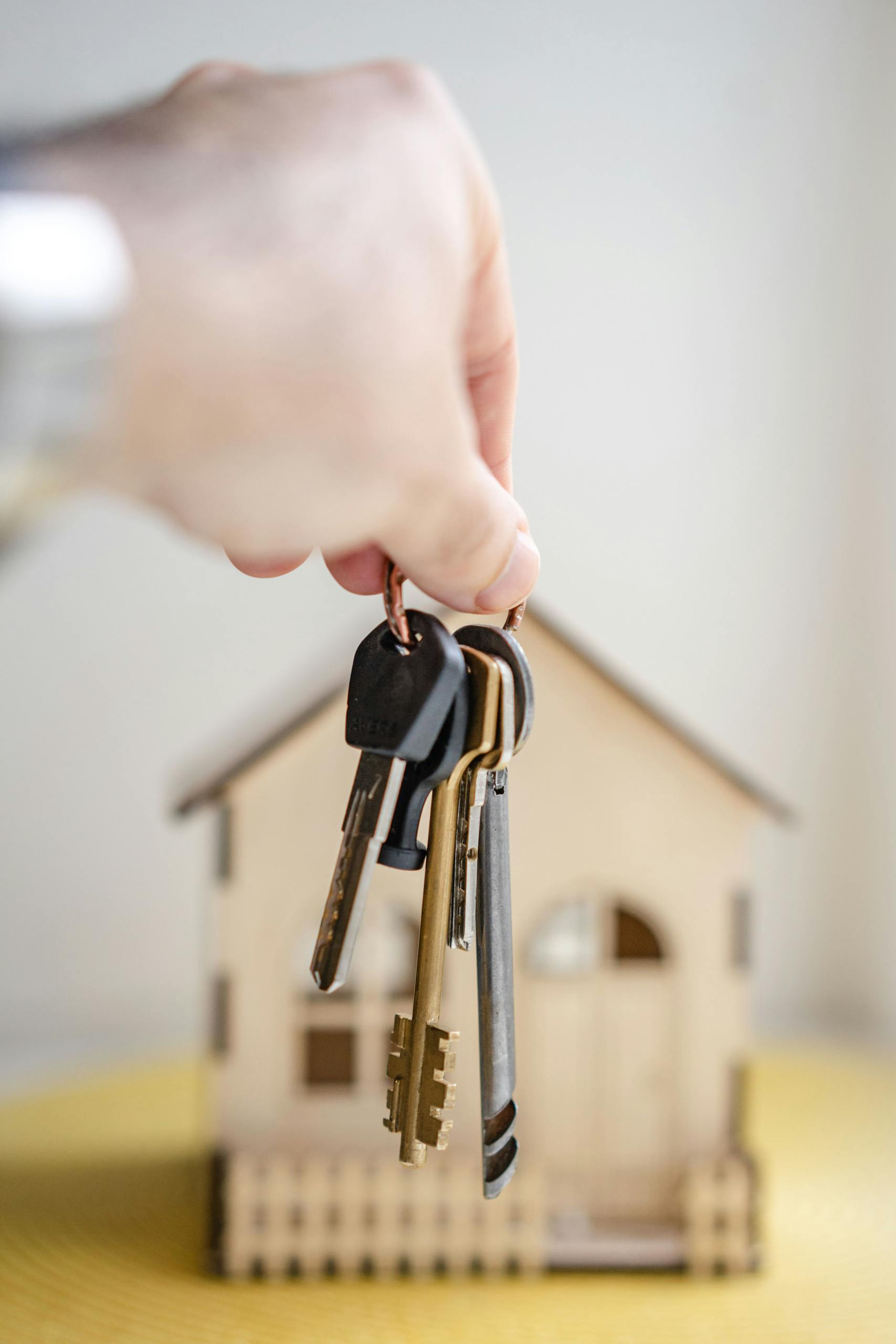Getting a Mortgage in Chapter 13 with Down Payment Assistance: A Comprehensive Guide for 2025
Navigating the world of mortgage financing after filing for Chapter 13 bankruptcy may seem like an uphill battle. With a bankruptcy record and ongoing repayment plan, securing a mortgage can feel like a distant dream. However, with the right strategy, you can achieve homeownership while in Chapter 13. Down payment assistance programs can further enhance your ability to get approved for a mortgage by lowering the upfront costs.
In this comprehensive guide, we’ll explore how you can secure a mortgage while in Chapter 13 bankruptcy with the help of down payment assistance programs. We’ll also introduce you to essential resources, such as Forever Home Financing and the U.S. Department of Housing and Urban Development (HUD), which can provide you with valuable tools and guidance to make your homeownership dream a reality.
What is Chapter 13 Bankruptcy?
Before delving into mortgage options and down payment assistance programs, it’s important to understand the basics of Chapter 13 bankruptcy. Chapter 13 is often referred to as a “wage earner’s plan” because it allows individuals with a regular income to reorganize and repay their debts over a period of three to five years.
Under Chapter 13, individuals propose a repayment plan that is approved by the court. This repayment plan is designed to allow you to pay back creditors through monthly payments, while you keep your property and assets. Unlike Chapter 7 bankruptcy, which involves liquidating assets to pay off debts, Chapter 13 provides a path for individuals to maintain ownership of their home and other essential assets.
The bankruptcy process is complete once the repayment plan is finished, and any remaining eligible debts may be discharged. While Chapter 13 can offer relief and a fresh start, it can also present challenges when applying for new loans or credit.
Can You Get a Mortgage While in Chapter 13?
Securing a mortgage during a Chapter 13 bankruptcy can be difficult, but it is far from impossible. Many lenders are willing to work with borrowers in bankruptcy, particularly if they can demonstrate a strong track record of repaying debts as part of their Chapter 13 plan.
In order to qualify for a mortgage while in Chapter 13, here are some general requirements:
1. Court Approval
You may need permission from the bankruptcy court to incur additional debt, including a mortgage. This is especially true if you are still making payments under your Chapter 13 repayment plan. If you have been making timely payments under your plan, the court is more likely to approve your request for a mortgage.
2. 12 Months of Timely Payments
Lenders generally want to see that you have made at least 12 consecutive payments under your Chapter 13 plan before considering your mortgage application. This demonstrates that you are financially stable and committed to meeting your obligations.
3. Stable Income
To be approved for a mortgage, lenders want to ensure that you have a stable source of income. Whether you’re employed full-time, part-time, or self-employed, you must provide proof of a reliable income that supports your ability to make monthly mortgage payments.
4. Credit History
While your credit score may have taken a hit due to the bankruptcy filing, it is still important to maintain good credit behavior during the repayment plan. By paying off any remaining debts and managing credit responsibly, you can improve your chances of approval.
5. Debt-to-Income Ratio
Lenders will evaluate your debt-to-income (DTI) ratio, which is the percentage of your monthly income that goes toward paying existing debts. A low DTI ratio indicates that you can afford additional debt, like a mortgage. Most lenders prefer a DTI ratio of 43% or lower, but some may offer more flexibility.
Types of Mortgages Available to Chapter 13 Borrowers
While it may be challenging to secure a mortgage during Chapter 13 bankruptcy, there are several loan programs available that make homeownership possible even in these circumstances. Below are some of the most common mortgage options for individuals in Chapter 13 bankruptcy:
1. FHA Loans
The Federal Housing Administration (FHA) offers a popular mortgage option for individuals in Chapter 13. FHA loans are known for their leniency toward borrowers with a past bankruptcy, as long as the borrower has been making timely payments under the bankruptcy plan for at least 12 months. In addition to this, FHA loans offer lower down payment requirements (as low as 3.5%) and more relaxed credit score criteria.
Benefits of FHA Loans:
•Lower down payments
•More lenient credit score requirements
•More forgiving toward individuals who have filed for bankruptcy
However, FHA loans do require mortgage insurance, which can increase your monthly payment. It’s important to weigh the pros and cons to determine if an FHA loan is the right choice for you.
2. VA Loans
For veterans, the U.S. Department of Veterans Affairs (VA) offers mortgage loans with competitive terms. VA loans are often more flexible than conventional loans and require no down payment or private mortgage insurance (PMI). If you are a veteran and are currently in Chapter 13 bankruptcy, you may be eligible for a VA loan.
VA loans typically require at least 12 months of on-time payments in your Chapter 13 plan, and you must have court approval to take on the mortgage. VA loans have the following advantages:
•No down payment required
•No PMI
•Competitive interest rates
•More flexible credit score requirements
3. Conventional Loans
Conventional loans are generally more difficult to obtain after a bankruptcy, but they are not out of reach. You may qualify for a conventional loan if you have a stable income, a solid credit score, and a low debt-to-income ratio. In most cases, you will need to wait at least two years after your Chapter 13 discharge to qualify for a conventional loan.
The advantages of a conventional loan include:
•Potentially lower interest rates compared to government-backed loans
•No mortgage insurance requirements if you put down at least 20%
However, if you’re in Chapter 13, securing a conventional loan can be more difficult than FHA or VA loans. If you want to pursue a conventional loan, working with a mortgage broker or lender who specializes in post-bankruptcy financing can be a great option.
4. Subprime Loans
Subprime lenders specialize in offering loans to individuals with lower credit scores, including those who have filed for bankruptcy. While subprime loans can be easier to obtain, they often come with higher interest rates and less favorable terms. It’s important to weigh the higher costs against the benefits of securing a mortgage sooner rather than later.
Down Payment Assistance Programs for Chapter 13 Borrowers
One of the biggest challenges many homebuyers face, especially after bankruptcy, is coming up with a down payment. Fortunately, there are several down payment assistance (DPA) programs available for individuals in Chapter 13 bankruptcy.
1. HUD Down Payment Assistance Programs
The U.S. Department of Housing and Urban Development (HUD) offers a variety of down payment assistance programs to help low- and moderate-income homebuyers purchase a home. Many of these programs are available to individuals who have filed for bankruptcy, as long as they meet certain eligibility criteria. Some of the most common DPA programs include:
•Homebuyer Assistance Programs: These programs help cover the down payment and closing costs of purchasing a home. They may provide grants or loans, and some are forgiven if you remain in the home for a specified period.
•FHA Loans with DPA: FHA loans can be combined with down payment assistance programs to reduce the financial burden of buying a home. These programs help lower the amount you need to put down upfront, making homeownership more accessible.
To learn more about HUD’s down payment assistance programs, visit HUD.gov.
2. State and Local Down Payment Assistance Programs
Many states and local governments offer their own down payment assistance programs. These programs may include grants, low-interest loans, or other financial assistance to help with the down payment and closing costs of purchasing a home. Some programs are specifically targeted toward people who are rebuilding their finances after bankruptcy.
Start by researching programs available in your area by contacting your local housing authority or state housing agency. Many of these programs are designed to help individuals with limited financial resources, including those in Chapter 13 bankruptcy.
3. Employer-Assisted Homebuyer Programs
Some employers offer homebuyer assistance programs to their employees, including down payment assistance. These programs are often offered as a benefit to encourage employees to buy homes in the area. If your employer offers a homebuyer program, check with your HR department to see if down payment assistance is available.
4. Nonprofit Organizations
Certain nonprofit organizations offer down payment assistance programs to help individuals purchase homes. These organizations may offer grants or low-interest loans to help cover the costs of buying a home. Some nonprofits specialize in assisting individuals who have filed for bankruptcy or are in Chapter 13 repayment plans.
How to Apply for a Mortgage and Down Payment Assistance While in Chapter 13
The process of applying for a mortgage during Chapter 13 bankruptcy with down payment assistance involves several steps. Here’s a breakdown of the process:
Step 1: Review Your Chapter 13 Repayment Plan
Before applying for a mortgage, review your Chapter 13 repayment plan to ensure you have met the eligibility requirements. Lenders typically require at least 12 months of timely payments under the plan, and you may need to seek court approval to incur additional debt.
Step 2: Obtain Court Approval
If you need court approval for the mortgage, file a motion with the bankruptcy court to request permission to take on new debt. The court will review your payment history and financial situation before granting approval.
Step 3: Shop Around for Mortgage Options
Once you have court approval, shop around for mortgage options. Consider FHA loans, VA loans, and other programs that may be more lenient toward individuals in Chapter 13 bankruptcy. Additionally, explore down payment assistance programs that may be available to you.
Step 4: Apply for Down Payment Assistance
Research and apply for down payment assistance programs through HUD, state and local agencies, and nonprofit organizations. Make sure you meet the eligibility requirements and provide all necessary documentation.
Step 5: Submit Your Mortgage Application
Once you’ve secured down payment assistance, submit your mortgage application to the lender. Be prepared to provide all required documentation, including proof of income, bankruptcy discharge, and court approval.
Conclusion
Securing a mortgage while in Chapter 13 bankruptcy can be challenging, but it is possible with the right planning, court approval, and financial discipline. Down payment assistance programs can also provide critical support, making homeownership more accessible even in the midst of a bankruptcy repayment plan.
At Forever Home Financing, we specialize in helping individuals navigate the complexities of getting a mortgage after bankruptcy. Our team can assist you in securing the financing you need, while exploring down payment assistance programs that fit your unique situation.
For more information on down payment assistance programs, visit HUD.gov, where you can learn about various programs available to help you achieve your homeownership goals. With the right resources and support, you can secure a mortgage and start building your future today.

